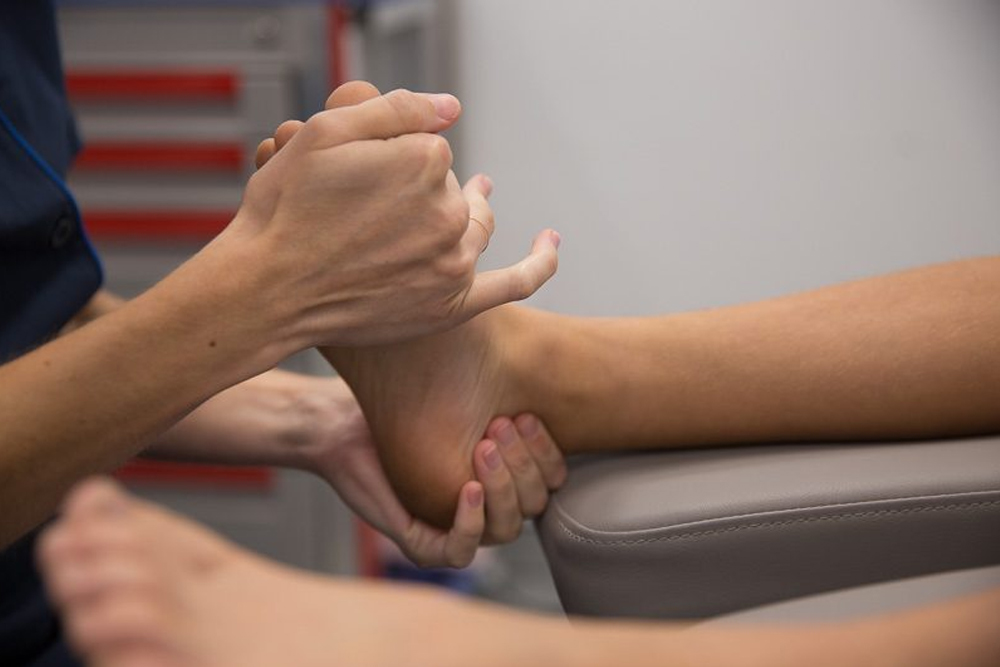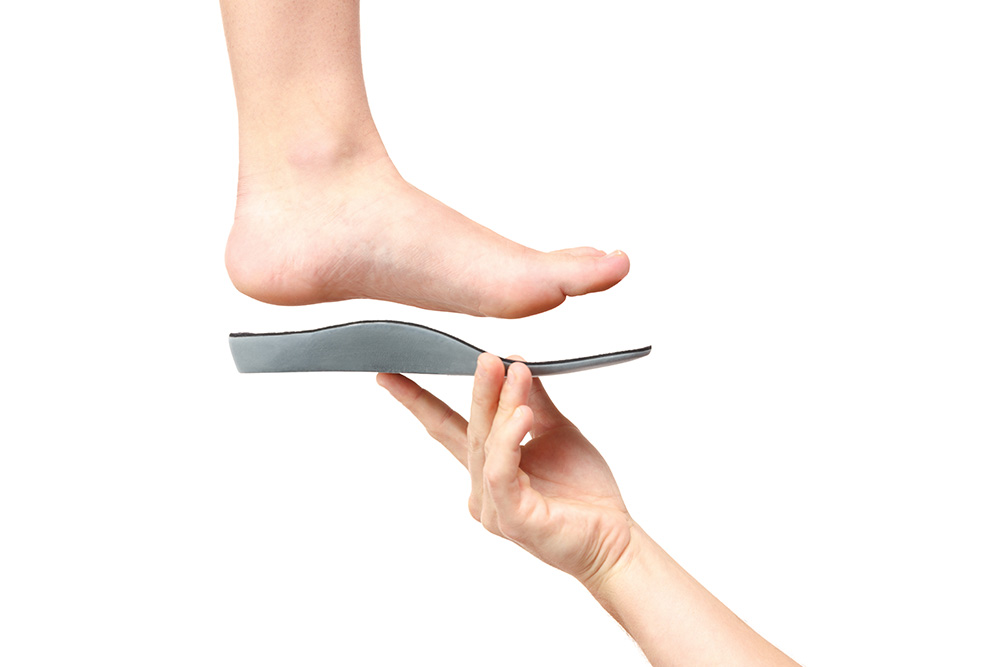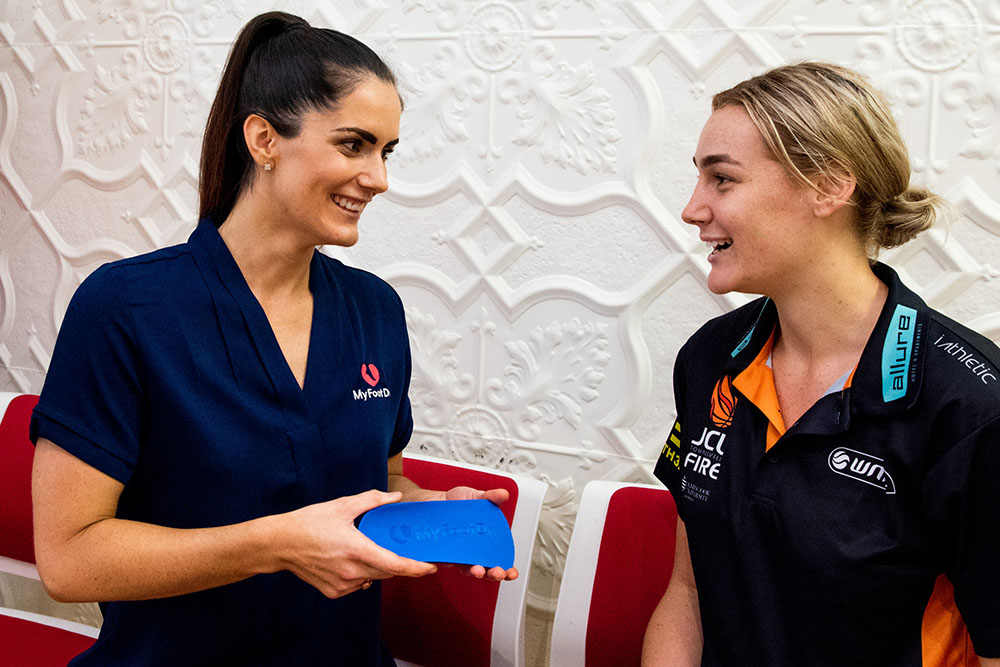 Our podiatrists use orthotics to help thousands of patients every year with problems and pains in their feet, legs, knees, hips and back. So, if you’ve ever wondered how these prescription insoles work on a large variety of problems for people of all ages and activity levels, or if you may need them, this is for you.
Our podiatrists use orthotics to help thousands of patients every year with problems and pains in their feet, legs, knees, hips and back. So, if you’ve ever wondered how these prescription insoles work on a large variety of problems for people of all ages and activity levels, or if you may need them, this is for you.
How can orthotics help treat so many different problems?
Orthotics can help so many pains and problems for the same reason that glasses from your optometrist can help almost anyone see clearly, regardless of their sight variations. Custom orthotics are prescribed by your qualified podiatrist, specifically for your problem, foot type, the results of your assessment, and what you need to achieve the best results for your feet. This means that no pair of orthotics are the same, even if they look similar – just like glasses.

At My FootDr, we control every element of your orthotic – from their precise height in your arch, to the material throughout their layers, to exactly where they sit beneath your feet. We achieve this by taking a 3D scan of your foot to capture every contour and feature perfectly, designing your orthotic to match. The findings from your biomechanical assessments uncover what you need to help bring your lower limbs back to healthy function, and we use our years of training and experience to create the best prescription for you.
What information do you use to create orthotics?
Your health and activity history, biomechanical assessment, video gait analysis and 3D foot scan will tell us everything we need to know to create your custom orthotics, including:
- Any restrictions in your joints
- Tightness in your muscles
- Areas of pain or problems, and the range of muscles, bones and tissues affected
- Muscle strength deficiencies
- Your foot type

- The biomechanical function of your feet and legs
- Weight-bearing pressure discrepancies between the feet
- Any other abnormalities, e.g. leg length difference
This information will also let us confirm your diagnosis, identify the likely causes of the problem, and create a comprehensive treatment plan to treat the problem and help prevent it from recurring in the future.
Does everyone with foot or leg pain need orthotics?
No, we will only ever prescribe orthotics where it is clinically indicated that they can help your problem and help you achieve your goal – whether that’s to be pain-free, help you run or cycle faster, or anything else. We always look to the cause of your problem and whether the orthotics will help – or, for example, if the cause was that someone stood on your foot and it’s just a temporary pain that will ease in a few days, is unrelated to your foot function and is unlikely to happen again.
How often do I need new orthotics?
 This varies depending on how often you wear them, how much exercise you do, your weight and whether they’re still working well for you – or have been worn down to a point where they’re no longer as effective. Generally speaking, the lifespan of our orthotics range from 12 to 36 month, but it’s best to have them checked annually. If you’re ever concerned, bring your orthotics in for an orthotic check and we can assess whether they are still doing their job, or if you’re due for a new pair.
This varies depending on how often you wear them, how much exercise you do, your weight and whether they’re still working well for you – or have been worn down to a point where they’re no longer as effective. Generally speaking, the lifespan of our orthotics range from 12 to 36 month, but it’s best to have them checked annually. If you’re ever concerned, bring your orthotics in for an orthotic check and we can assess whether they are still doing their job, or if you’re due for a new pair.
Many patients claim their orthotics through their private health funds with only a low-gap left to pay, meaning they’re eligible to claim a new pair every year. Many take advantage of this so they can have multiple pairs for multiple shoes, to save them the hassle of moving the orthotics between shoes. Some shoes may also have specific requirements for orthotics – like being made from a slimmer-fitting material – so it’s a good idea to get the best fit for each shoe that you wear often.
Have you claimed your low-gap orthotics this year?
If you haven’t claimed your low-gap orthotics this year, you only have a couple of months left to make the most of your health fund rebate. To book an appointment now to get your orthotics before Christmas, click here.





